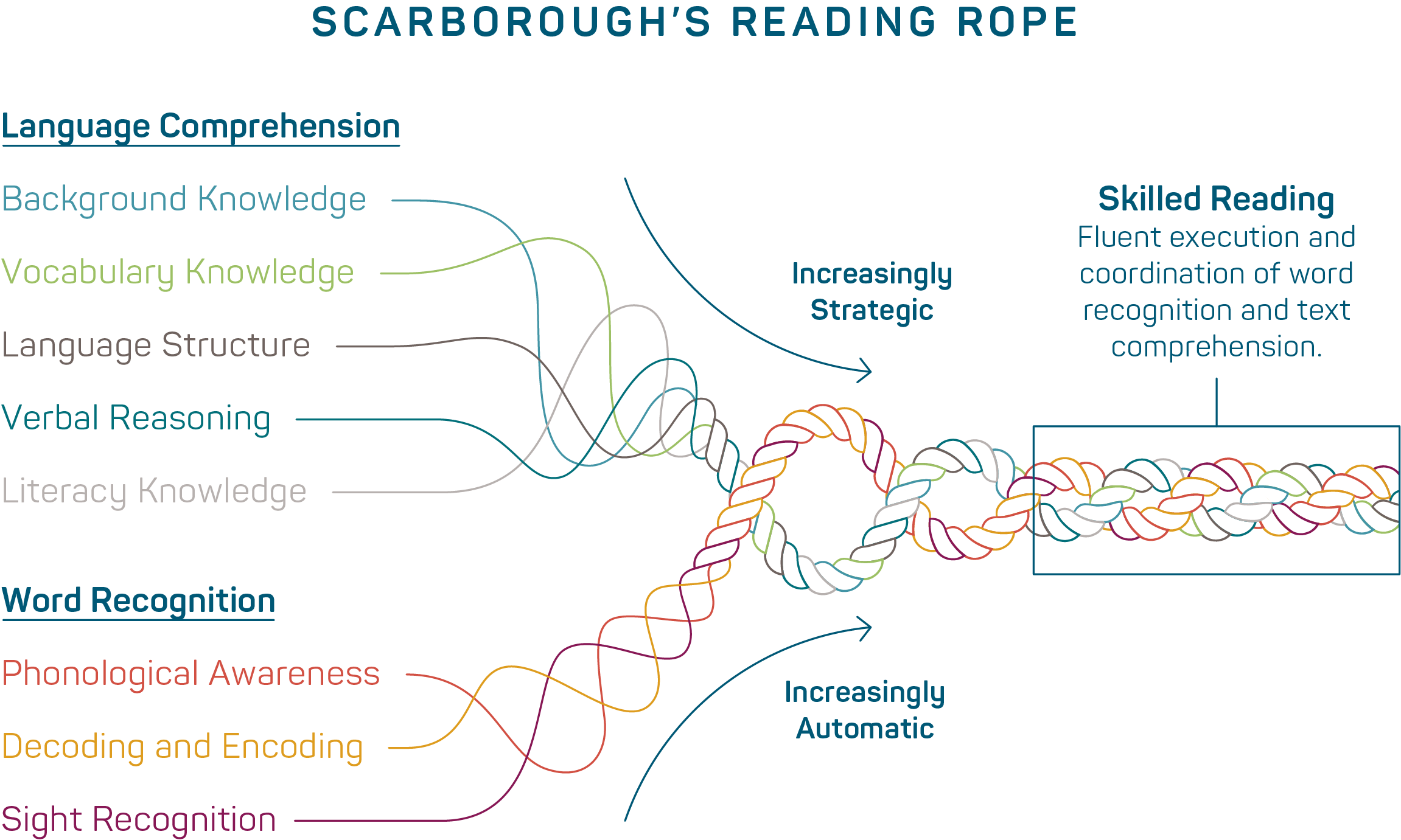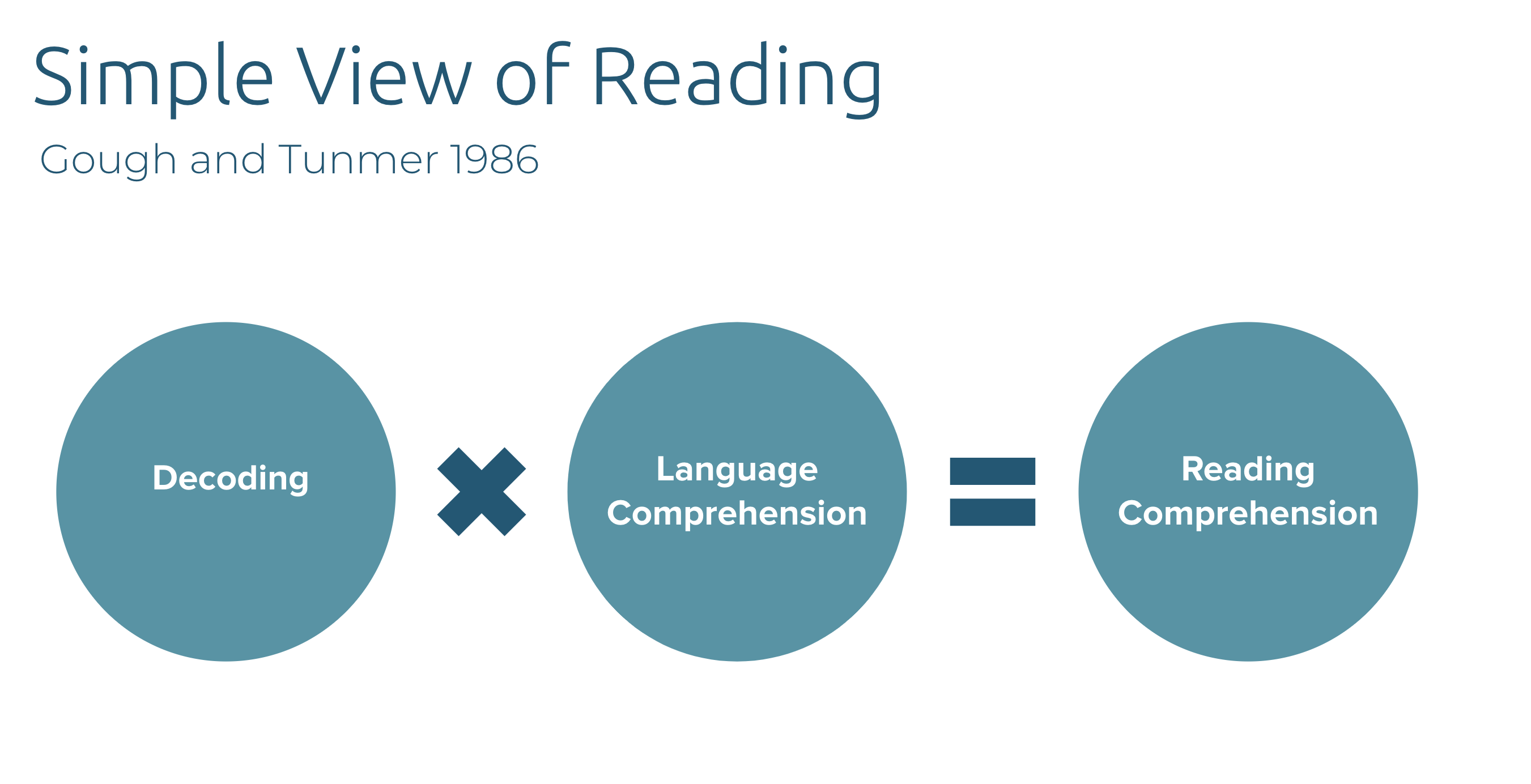Grade retention came up in a conversation with one of my school’s administrators last week. Like many states, hers requires a student to repeat third grade if they are not proficient readers by its conclusion. She was bemoaning that, too often, the science of reading tells us one thing, but we practice another. In other words, we know what works to help students become better readers, but we haven’t always done it.
What is Grade Retention?
Grade retention is the decision to have a student repeat a grade. This can happen at any level but is most common in elementary school (usually third grade). Various factors can contribute to the decision to retain a student, but the most common one is reading proficiency.
Grade retention isn’t new. During the 19th century, it was a relatively common practice in the United States but fell out of favor in the early 20th century.
In recent years, there has been a renewed interest in grade retention as a means to improve student achievement in subsequent grades. This practice is particularly true in states with high-stakes testing. In these states, students must reach a certain level of proficiency on end-of-year state tests, typically at the end of the third grade, or they will be held back.
The Effects of Grade Retention
The National Institute of Health has reported that 95 percent of children have the cognitive capacity to learn to read1. However, in 2022, only 35 percent of fourth-graders were reading proficiently2. Regarding questionable practices that haven’t led to reading proficiency, decades of research and experience tell us that grade retention is ineffective in preventing reading difficulties. In fact, it can do more harm than good3.
Studies have shown that students who experience grade retention are more likely to drop out of school and less likely to attend and graduate from college. Retained students are more likely to experience lower self-esteem, increased anxiety, and a sense of failure. Furthermore, grade retention has been disproportionately applied to students of color, those with learning disabilities, and English language learners4.
Grade Retention and the COVID-19 Pandemic
The COVID-19 pandemic has changed how school districts reach, educate, evaluate, and support students. Remote learning during COVID-19 exposed the limitations of many reading curriculums and limited the content teachers were able to deliver. The impact this had on students is broad and includes limited skill development in reading along with an increase in chronic absenteeism among at-risk students5.
Will these students most impacted by COVID-19 be candidates for grade retention? While the pandemic’s effects on classroom instruction are unprecedented, retaining students with poor reading fluency is not.
Why Do We Continue to Practice Grade Retention?
I think there are a few reasons for our continued practice of grade retention. First, grade retention has been the default intervention for struggling readers for generations, and we haven’t stopped to seriously consider and spotlight the poor outcomes for retained students. This needs to change. Secondly, we think it works. We see students who are retained experience greater third-grade success and think that retention must have been the reason why. However, when retained students finally advance to the fourth grade and encounter new academic concepts and demands, these gains eventually evaporate, and the original academic concerns that led to retention resurface6.
What Is the Science of Reading?
The Science of Reading is based on the understanding that reading is a cognitive process requiring multiple skills and strategies. When these skills and strategies are taught in an integrated way, students become proficient readers. By making the word recognition process fluent and automatic, students can better comprehend what they are reading.

“The genesis of the Reading Rope dates back to Scarborough’s lectures for parents on the complexities involved in learning to read. Originally, she spoke of skilled reading as resembling the ‘strands’ of a rope, using pipe cleaners to illustrate the interconnectedness and interdependence of all the components. Scarborough’s Reading Rope consists of lower and upper strands. The word-recognition strands (phonological awareness, decoding, and sight recognition of familiar words) work together as the reader becomes accurate, fluent, and increasingly automatic with repetition and practice. Concurrently, the language-comprehension strands (background knowledge, vocabulary, language structures, verbal reasoning, and literacy knowledge) reinforce one another and then weave together with the word-recognition strands to produce a skilled reader. This does not happen overnight; it requires instruction and practice over time.” International Dyslexia Association https://dyslexiaida.org/scarboroughs-reading-rope-a-groundbreaking-infographic/
Word recognition and language comprehension are equally critical skills that must be practiced simultaneously until automaticity for students to develop into skilled readers. One cannot compensate for the other.
Gough and Tunmer’s simple view of reading demonstrates that reading comprehension is a product (not a sum) of word recognition (decoding) and language comprehension skills (listening). This can be demonstrated mathematically7. If one represents proficiency and zero represents no capacity, then it becomes clear that language comprehension alone will not translate into proficient reading comprehension. Likewise, any value less than one but greater than zero will impact reading comprehension and its degree of deficiency. This model demonstrates that decoding and language comprehension are equally important to understanding text.
For young students learning the structure and meaning of language, most of their cognitive focus will be committed to decoding the text portion of this equation. Instructional strategies must focus on developing and automatizing these specific skills so that their focus and energy can be repurposed toward thinking about what they have read (comprehension).

What Is a Science of Reading Curriculum?
A science of reading curriculum adheres to a research-based approach to teaching reading that focuses on the five essential components of reading instruction: phonemic awareness, phonics, fluency, vocabulary, and text comprehension. These five components are also known as the “Five Pillars of Reading Instruction.” Research by the National Reading Panel found that when all five of these components were “effectively taught,” learners had the highest chances for reading success8.

National Institute of Child Health and Human Development. (2000). Report of the National Reading Panel. Teaching children to read: an evidence-based assessment of the scientific research literature on reading and its implication for reading instruction: Reports of the sub-groups (NIH Publication No. 00-4754). Washington, DC, U.S. Government Printing Office.
If the Science of Reading is the What, Then Structured Literacy is the How
How reading is taught is just as important as what is taught. Structured Literacy is a term introduced by the International Dyslexia Association for programs and approaches that provide systematic and explicit instruction of the appropriate depth and scope aligned with the science of reading. Structured Literacy explicitly teaches systematic word-identification/decoding strategies. The instructional focus is on the following evidence-based elements: phonology, sound-symbol association, syllable instruction, morphology, semantics, and syntax. The evidence-based teaching principles that guide how the elements are taught are equally important9.
An effective science of reading curriculum will contain the following instructional components:
- Explicitly taught or reviewed clear, direct, and concise lessons of every skill.
- A science of reading curriculum is systematic and applies a structured framework. A deliberate instructional sequence is followed which leads from simple to complex concepts, while also graduating from applying skills in isolation to connected text.
- A science of reading curriculum is cumulative. In a cumulative approach, each skill builds on the previous skill taught. This helps build retention and fluency.
- A science of reading curriculum is diagnostic. Teachers need to be empowered with tools and strategies that provide data on students reading skills acquisition so instructional adaptations can be administered.
Finally, a science of reading curriculum incorporates a multisensory approach. Not only does this create strong neural pathways in the brain needed for encoding and decoding, but it also makes learning to read more engaging and enjoyable. Students look forward to coming to class and participating in reading instruction.
Structured Literacy is a term introduced by the International Dyslexia Association for programs and approaches that provide systematic and explicit instruction of the appropriate depth and scope aligned with the science of reading.
How Can the Science of Reading Help Prevent Grade Retention?
While 95 percent of students possess the capacity to read, not every student will learn to read under the same conditions. An estimated 30 percent of students will learn to read regardless of how they are taught. However, roughly half of students will need high-quality instruction in foundational skills, and an additional 15 percent of students will require additional time and support to meet their reading potential10.
While a science of reading curriculum will meet the needs of all these learners, unfortunately, the most popular reading curriculums today aren’t backed by the science of reading and have proven to be less effective11.
These curriculums have been exposed to the instructional challenges related to the COVID-19 pandemic as not meeting the instructional needs of students. In short, poor reading curriculums and instructional practices are to blame for today’s low reading scores, which have only been exacerbated by the challenges brought on by the COVID-19 pandemic12.
The Reading Horizons Approach
Research has shown that students who are proficient readers have better life outcomes than those who are not. They are more likely to attend and graduate from college, have higher-paying jobs, and are less likely to experience social and emotional problems. As such, we must provide teachers and students with science of reading-based curriculums that begin in kindergarten long before they reach the third grade while also providing high-quality professional development opportunities to cultivate effective instructional strategies in the classroom.
Going forward, I expect to have more grade retention discussions with parents and administrators due to the lost instruction students have experienced because of COVID. Thankfully, Reading Horizons contains the tools and strategies that ensure all students have the opportunity to reach their full reading potential.
References
- Narrowing the Third-Grade Reading Gap. District Leadership Forum Oct. 2019, https://pages.eab.com/rs/732-GKV-655/images/Narrowing%20the%20Third-Grade%20Reading%20Gap_research%20briefing.pdf
- Chapter: 1/Preprimary, Elementary, and Secondary Education Section: Assessments Reading Performance. 2017, nces.ed.gov/programs/coe/pdf/coe_cnb.pdf.
- Rumberger, Russell. Dropping Out: Why Students Drop out of High School and What Can Be Done about It. Harvard Press, 29 Nov. 2019.
- Stapleton, Kelly, and Rebecca Robles. “Grade Retention: Good or Bad?” www.shsu.edu, www.shsu.edu/piic/Fall2009/Robles-pina.html.
- Jones, Stefanie Dion. “Grade Retention after COVID-19: Evidence-Based Guidance.” UCONN Neag School of Education, 20 Oct. 2021.
- Schwerdt, Guido, et al. “The Effects of Test-Based Retention on Student Outcomes over Time: Regression Discontinuity Evidence from Florida.” Journal of Public Economics, vol. 152, Aug. 2017, pp. 154–169, 10.1016/j.jpubeco.2017.06.004.
- Gough, P. and Tunmer, W. (1986). Decoding, reading, and reading disability. Remedial and Special Education, 7, 6–10.
- Torgesen, Joseph K. “APA PsycNet.” Psycnet.apa.org, 2002, psycnet.apa.org/record/2002-00991-001.
- Cowen, Carolyn D. “What Is Structured Literacy? – International Dyslexia Association.” International Dyslexia Association, 2019, dyslexiaida.org/what-is-structured-literacy/.
- Admin, and G. Reid Lyon. “Why Do Some Children Have Difficulty Learning to Read?” Learning Disabilities Association of Ontario – LDAO, 2003.
- Stanovich, K.E., and P.J. Stanovich. Using Research and Reason in Education: How Teachers Can Use Scientifically Based Research to Make Curricular & Instructional Decisions. Washington, DC: US Department of Education, 2003.
- Schwartz, Sarah. “The Most Popular Reading Programs Aren’t Backed by Science.” Education Week, 4 Dec.

